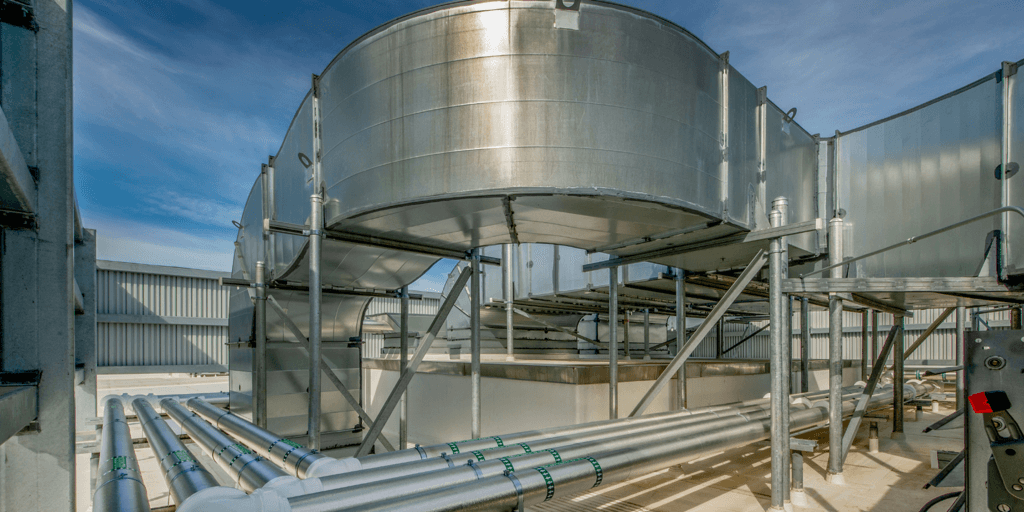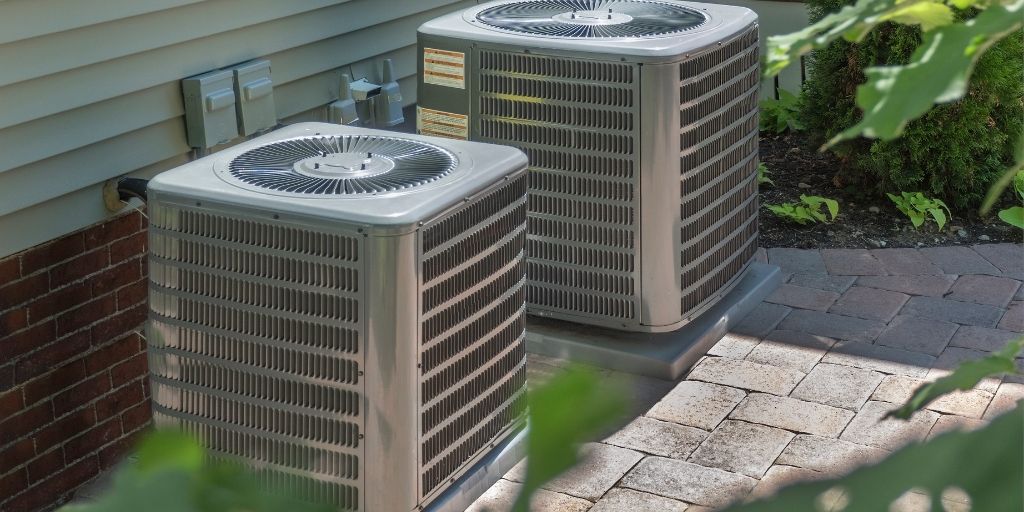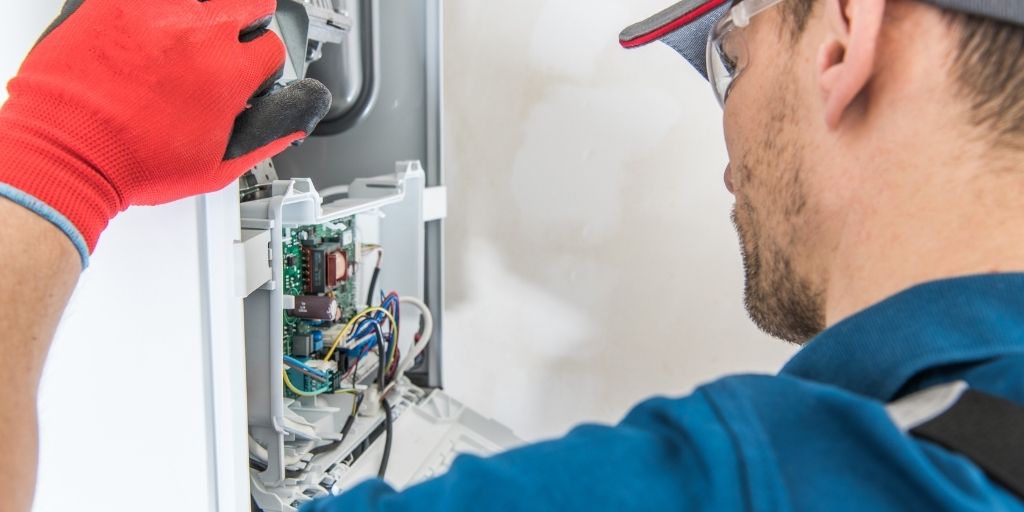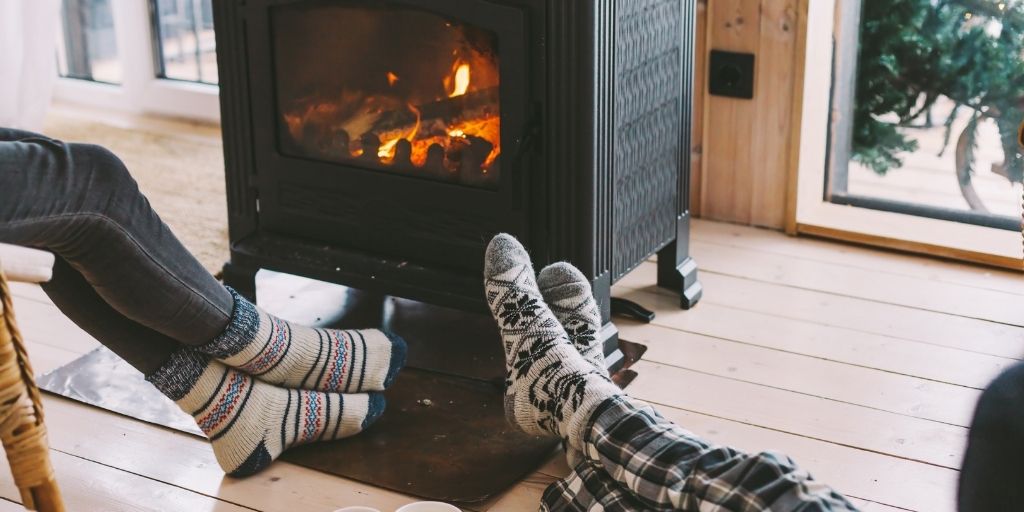The early days of the pandemic were marked by the compulsive disinfection of everything from handrails to mail packages. But as evidence mounted that Covid-19 can spread through fine airborne particles called aerosols, health experts have focused less on sanitizing surfaces and more on improving indoor air quality.
Much of the conversation surrounds boosting ventilation, which typically involves raising a building’s airflow rate to bring in more fresh air and pushing existing air through higher-grade filters that trap more tiny air particles. The U.S. Centers for Disease Control and Prevention also suggests using technology like UV light to kill pathogens.
The recommendations are based on standards set by leading experts from the American Society of Heating, Refrigerating and Air-Conditioning Engineers, but how much improvements a building needs, and to what extent, depend on various factors. That includes the building’s size, age, and use. Outdoor air quality and the costs of installing or replacing systems, as well as the increase of energy use will further determine whether building managers are willing to make that kind of investment — especially with mass vaccination on the horizon.
But mechanical engineer Ty Newell says upgrading ventilation, and even setting new standards for the post-pandemic world, are not the only key to a safe and healthy return to schools and offices, but also can guard communities against future disease outbreaks. As a bonus, studies have shown better air can potentially increase productivity and academic performance.
Those of us who will eventually enter a building — to work, attend class, or to buy essentials — may not be able to sense with our nose whether a building has good enough ventilation to combat tiny airborne pathogens like the coronavirus, but there are things you can do. For example, you can buy a portable device for measuring carbon dioxide. This offers a good proxy for indoor air quality, although, at upward of $100, it may be out of reach for many people.
You could also ask building managers what steps they have taken, or stand near an open window. But it remains important to understand that while ventilation helps mitigate your chances of contracting Covid-19, the risk is rarely zero.
Source: https://www.bloomberg.com/news/newsletters/2021-01-14/is-your-office-air-quality-safe-for-return






